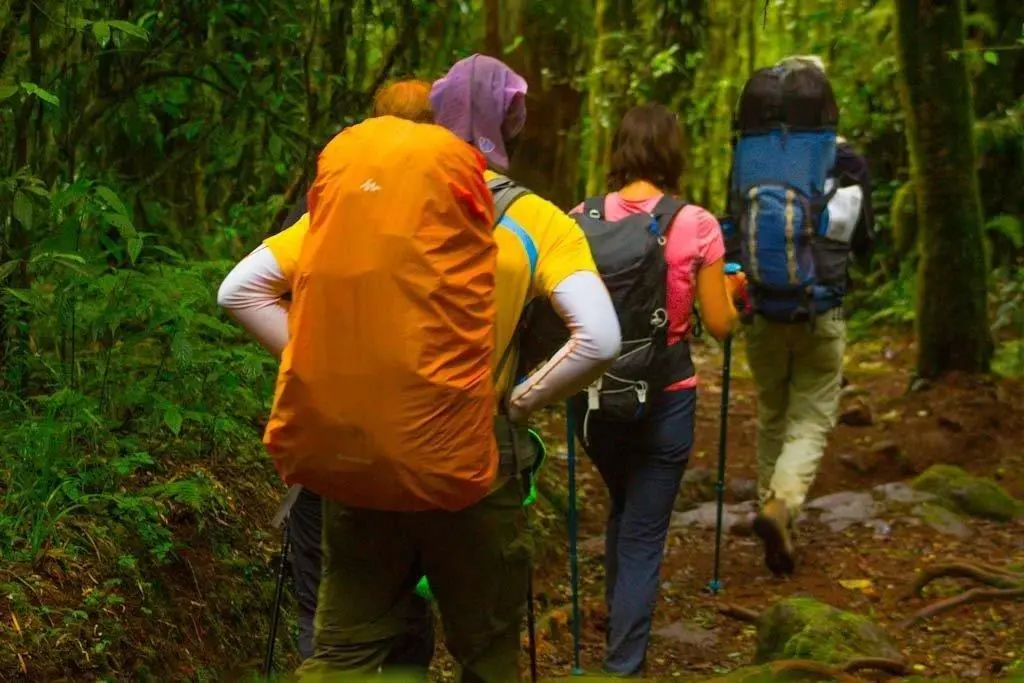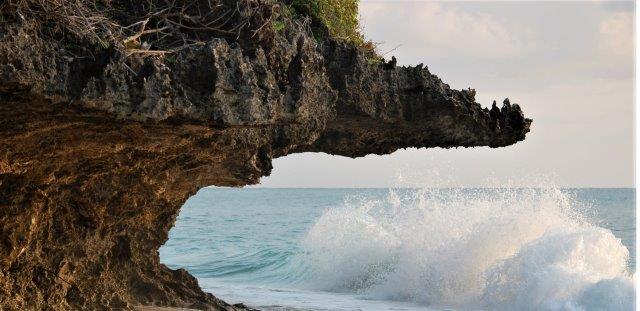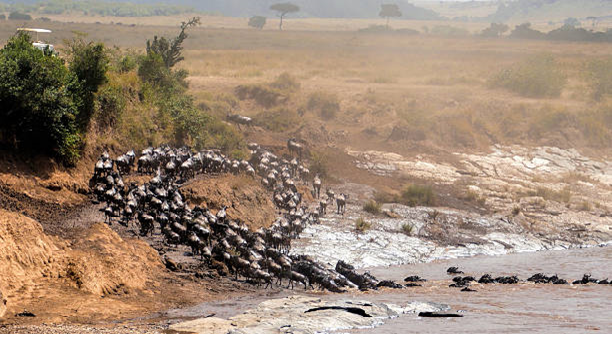The Challenge of Climbing Kilimanjaro
Navigating the Steep Terrain
Climbing Kilimanjaro is a physically challenging endeavor. The majestic mountain, standing at a staggering height of 5,895 meters, attracts adventurers from all over the world. However, reaching the summit is no easy feat. One of the biggest challenges climbers face is navigating the steep terrain. As you embark on your journey to conquer Kilimanjaro, you will encounter various terrains, from rocky paths to steep slopes. The mountain's diverse landscape demands physical strength, endurance, and mental fortitude. The steep terrain poses a difficult challenge for climbers, testing their limits and pushing them to their physical boundaries. Each step on the steep slopes requires careful consideration and determination. The uneven ground and loose rocks make it essential to maintain balance and stability. Climbers must be prepared to face the physical demands of ascending the mountain, as the steep terrain can be unforgiving.
Coping with Altitude Sickness
Altitude sickness can make climbing Kilimanjaro extremely difficult. As you ascend to higher altitudes, the air becomes thinner, and the oxygen levels decrease. This can lead to a range of symptoms, including headaches, nausea, dizziness, and fatigue. The steep and physically demanding climb to the summit poses an additional challenge for climbers already battling altitude sickness. To cope with altitude sickness, climbers must acclimatize to the changing altitude. This involves gradually ascending to higher altitudes, allowing the body to adjust to the reduced oxygen levels. It is crucial to listen to your body and take breaks when needed. Adequate hydration and proper nutrition are also essential to support your body's adaptation to the high altitude conditions. Climbing Kilimanjaro requires mental strength to overcome the physical challenges and altitude sickness. It is important to remain focused, determined, and patient throughout the journey. Pushing through the discomfort and maintaining a positive mindset can make all the difference in reaching the summit.
Overcoming Mental Challenges
Climbing Kilimanjaro is a hard physical challenge due to its steep terrain. However, it is equally important to address the mental challenges that come with the climb. The journey to the summit requires mental resilience, as climbers face exhaustion, uncertainty, and moments of self-doubt. Overcoming mental challenges is crucial when attempting to summit Kilimanjaro. The long and arduous climb can test your mental strength, pushing you to your limits. It is essential to stay motivated and focused on your goal. Visualize yourself standing at the summit, and let that image drive you forward. Surrounding yourself with a supportive team and experienced guides can also greatly contribute to overcoming mental challenges. Sharing the journey with fellow climbers who understand the struggle can provide encouragement and motivation. Additionally, the guidance of experienced guides can help navigate the mental hurdles along the way.
Ascending the Summit
The climb up Kilimanjaro is a physically challenging endeavor. As you ascend higher, the air becomes thinner, making every step more difficult. The steep inclines and rocky paths demand strength, endurance, and determination. Ascending to the summit of Kilimanjaro is a difficult feat. The final push towards Uhuru Peak, the highest point on the mountain, requires climbers to dig deep within themselves. The steep terrain and high altitude intensify the physical strain, making it a true test of one's physical capabilities. However, reaching the summit of Kilimanjaro is an incredibly rewarding experience. The breathtaking views and the sense of accomplishment make all the physical challenges worthwhile. It is a testament to the human spirit and the ability to overcome obstacles.
Descending Safely
Descending from the summit of Kilimanjaro is just as important as ascending. The steep terrain and fatigue can make the descent challenging. It is crucial to descend safely to avoid injuries and ensure a successful climb. Taking your time and carefully navigating the steep slopes is essential. Fatigue and muscle soreness may set in, making it important to listen to your body and rest when needed. Proper equipment, such as trekking poles, can provide stability and support during the descent. Descending from Kilimanjaro allows climbers to reflect on their incredible achievement. The journey down offers a chance to appreciate the beauty of the mountain and the personal growth experienced throughout the climb.



